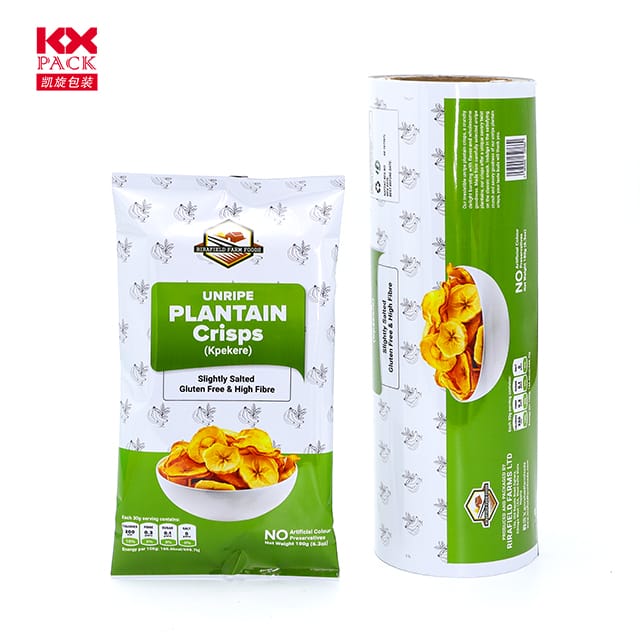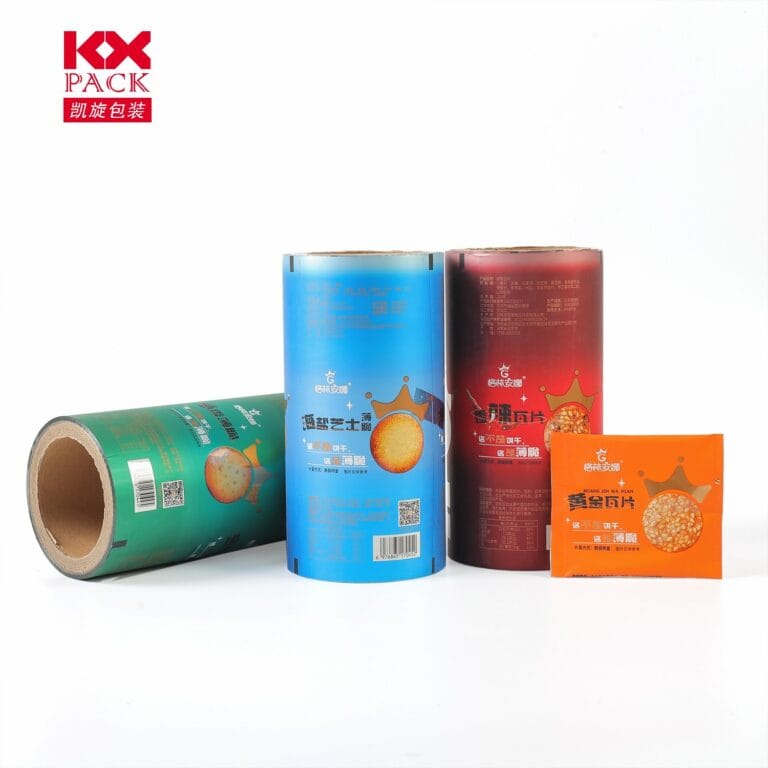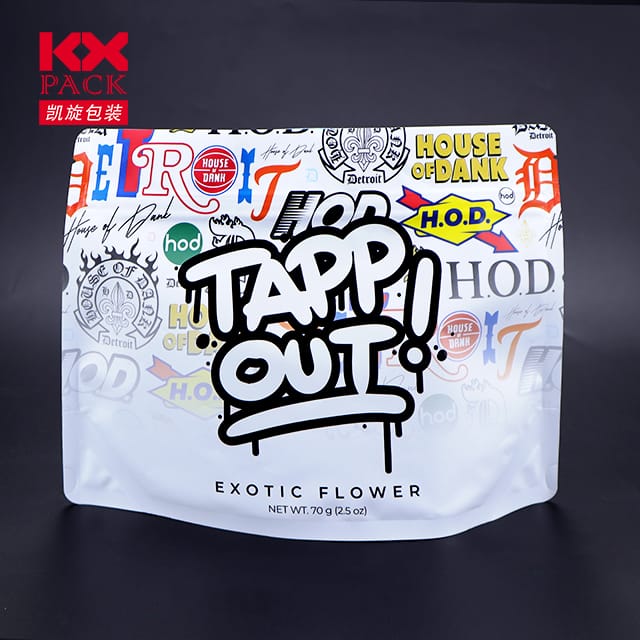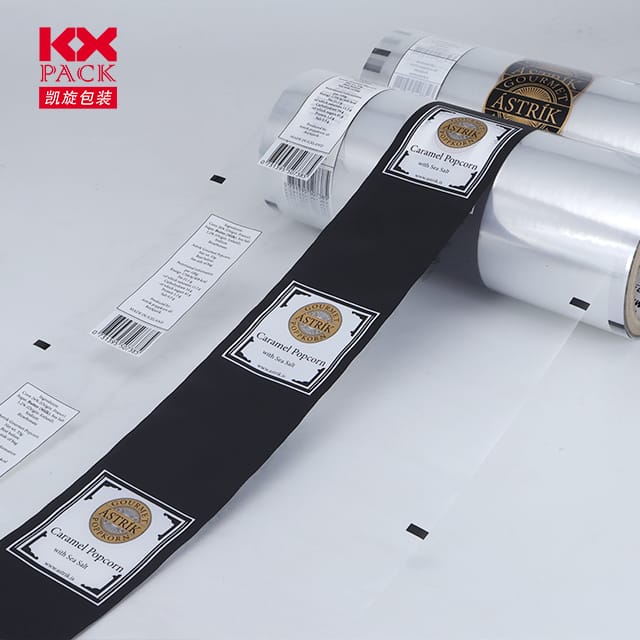Razumevanje ključnih lastnosti fleksibilnih embalažnih filmov: Vodnik za sodobne rešitve za embalažo
Prilagodljivi embalažni filmi
In today’s fast-paced consumer market, Prilagodljivi embalažni filmi so se pojavili kot menjalnik iger, ponuja lahka, stroškovno učinkovito, in vsestranske rešitve za zaščito in predstavitev izdelkov. Od prigrizkov in pijač do farmacevtskih izdelkov in industrijskega blaga, Ti filmi so zasnovani za zadovoljevanje različnih potreb, medtem ko uravnotežijo uspešnost, trajnost, in blagovno znamko. Let’s delve into the core properties that define flexible packaging films and their impact on product success.
1. Barierne lastnosti: The Shield Against Contamination
Prilagodljivi embalažni filmi are designed to act as a barrier against external elements like oxygen, vlage, svetloba, and odors. Na primer:
- BOPP (Biaksično usmerjen polipropilen) excels in moisture resistance, making it ideal for snack packaging and hygiene products.
- BOPET (Biaxially Oriented Polyethylene Terephthalate) combines transparency with high tensile strength and gas barrier properties, ensuring freshness for food and pharmaceuticals.
- Nylon (PA) offers superior oxygen barrier capabilities, often used in high-performance laminates for meat and cheese packaging.
- EVOH (Etilen vinilni alkohol) layers enhance oxygen resistance in multilayer structures, extending shelf life significantly.
Why it matters: Effective barrier properties prevent spoilage, maintain product integrity, and reduce food waste—a critical consideration for sustainability-focused brands.
2. Mehanska trdnost: Durability in Motion
Packaging must withstand handling, prevoz, and storage without compromising contents. Key mechanical properties include:
- Tensile Strength: Measures resistance to breaking under tension. BOPET and BOPA (Biaxially Oriented Polyamide) films are renowned for their high tensile strength, ensuring durability during transit.
- Puncture Resistance: Critical for products with sharp edges (Npr., zamrznjena hrana). Nylon-based films or co-extruded structures with thick layers excel here.
- Elongation at Break: Indicates how much a film can stretch before tearing. High elongation (Npr., LDPE films) is ideal for irregularly shaped products like toys or tools.
- Tear Strength: Prevents propagation of tears once initiated, crucial for bags and pouches.
Real-world example: A study on BOPP films showed their ability to withstand 90°C thermoforming without losing structural integrity, making them suitable for rigid-like packaging with flexible benefits.
3. Optical Properties: The Power of Visual Appeal
Prilagodljivi embalažni filmi is often the first interaction consumers have with a product. Optical properties include:
- Preglednost: BOPET and BOPP films offer crystal-clear visibility, enhancing product appeal for items like fresh produce or confectionery.
- Gloss: High-gloss finishes create a premium look, often achieved through metallization or coating layers.
- Haze: Low haze values ensure clarity, while matte finishes can reduce glare for a sophisticated aesthetic.
Branding tip: Use high-quality printing on films like BOPP (which supports vibrant colors and graphics) to create eye-catching designs that stand out on shelves.
4. Thermal Properties: Adapting to Process and Environment
Packaging films must perform under varying temperatures:
- Heat Sealability: LDPE and co-extruded films seal reliably at low temperatures, reducing energy costs during production.
- Thermoformability: Films like BOPE (Biaxially Oriented Polyethylene) can be molded into custom shapes (Npr., trays for ready-to-eat meals) without cracking.
- Heat Resistance: Nylon films withstand high processing temperatures (up to 260°C for PA66), making them suitable for retort packaging (sterilized products).
Case study: A coffee brand switched to a BOPET/aluminum laminate, leveraging its heat resistance to maintain freshness in hot-fill applications while reducing packaging weight by 30%.
5. Trajnost: Prihodnost embalaže
Ker skrb za okolje narašča, flexible films are evolving to meet eco-conscious demands:
- Biodegradability: Filmi, narejeni iz PLA (Polilaktična kislina) or starch blends decompose naturally, reducing landfill waste.
- Compostability: Certified compostable films (Npr., those meeting EN 13432 standardi) break down in industrial composting facilities.
- Reciklabalnost: Enomaterialne strukture (Npr., vrečke za vse pete) poenostavite tokove recikliranja, while down-gauging reduces material use without sacrificing performance.
Innovation spotlight: A leading packaging company developed a recyclable PE/EVOH laminate, balancing barrier properties with circular economy goals.
6. Chemical Resistance: Protecting Product Purity
Films must resist degradation from contents like oils, acids, or solvents:
- Nylon (PA) resists aromatic hydrocarbons, making it ideal for chemical packaging.
- PVDC (Polyvinylidene Chloride) coatings enhance chemical resistance but face regulatory scrutiny due to environmental concerns.
- Co-extruded structures combine materials (Npr., PE/PA/EVOH) to create tailored resistance profiles.
Izbira pravega filma: A Balancing Act
Selecting a flexible packaging film involves aligning properties with product needs:
- hrana: Prioritize barrier properties (kisik, vlage) and compliance with food-grade regulations (Npr., FDA, EU).
- Farmacevtski izdelki: Focus on chemical resistance, light barrier, in posege v posegu.
- Industrial goods: Emphasize puncture resistance and thermal stability for heavy-duty applications.
Zaključek
Flexible packaging films are a testament to innovation in material science, offering a blend of protection, uspešnost, in trajnost. By understanding their properties—from barrier strength to thermal adaptability—brands can design packaging that not only safeguards products but also enhances consumer experience and reduces environmental impact. As technology advances, expect even smarter films that integrate smart sensors, active barriers, in 100% možnost recikliranja, redefining the future of packaging.
Pripravljen za nadgradnjo vaše embalaže? Explore material testing services to evaluate film properties like oxygen transmission rate (OTR) or seal strength, ensuring your solution meets exacting standards. 🌍📦







